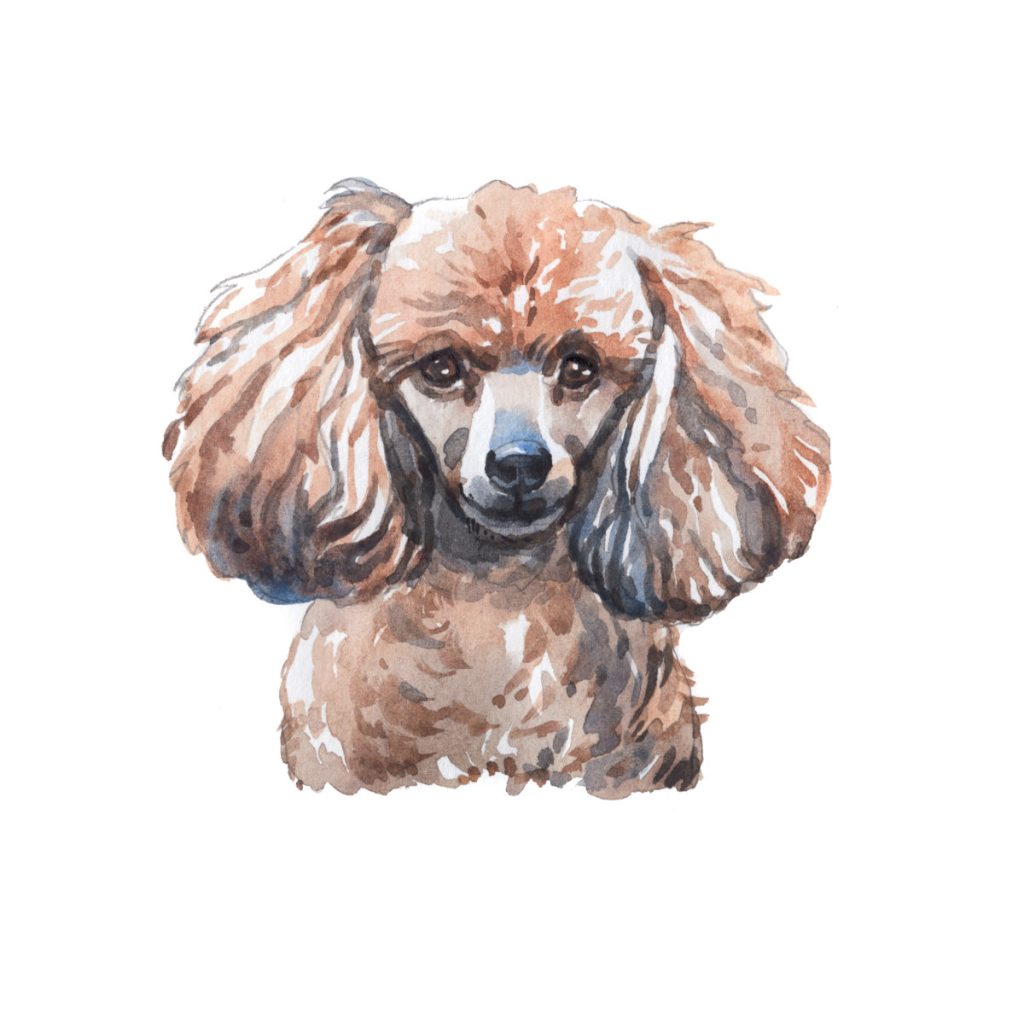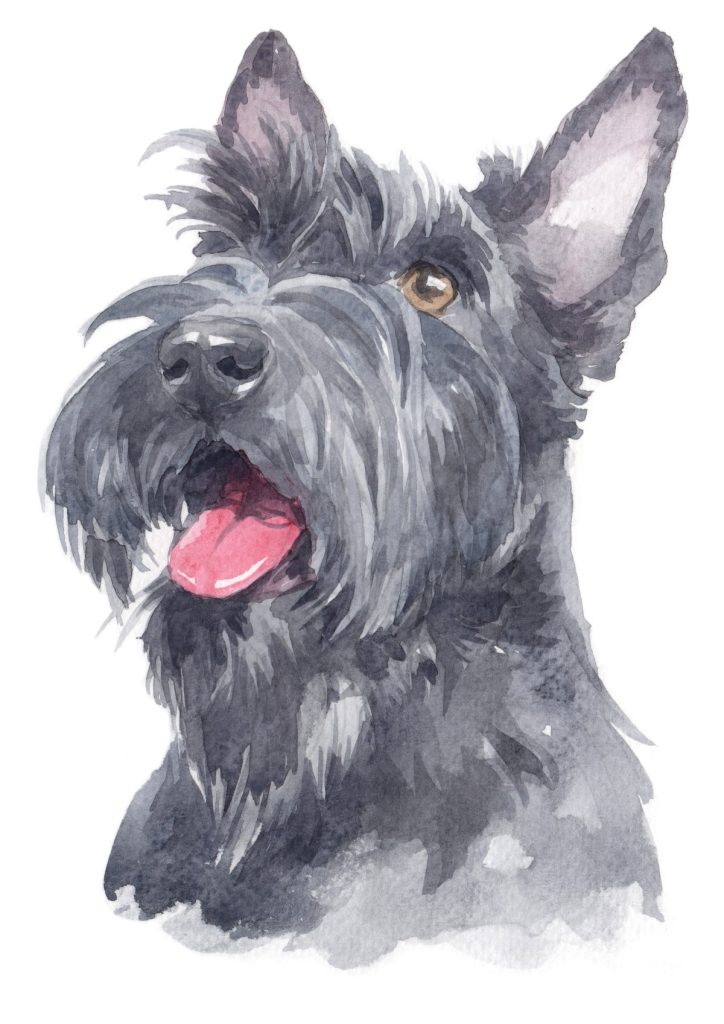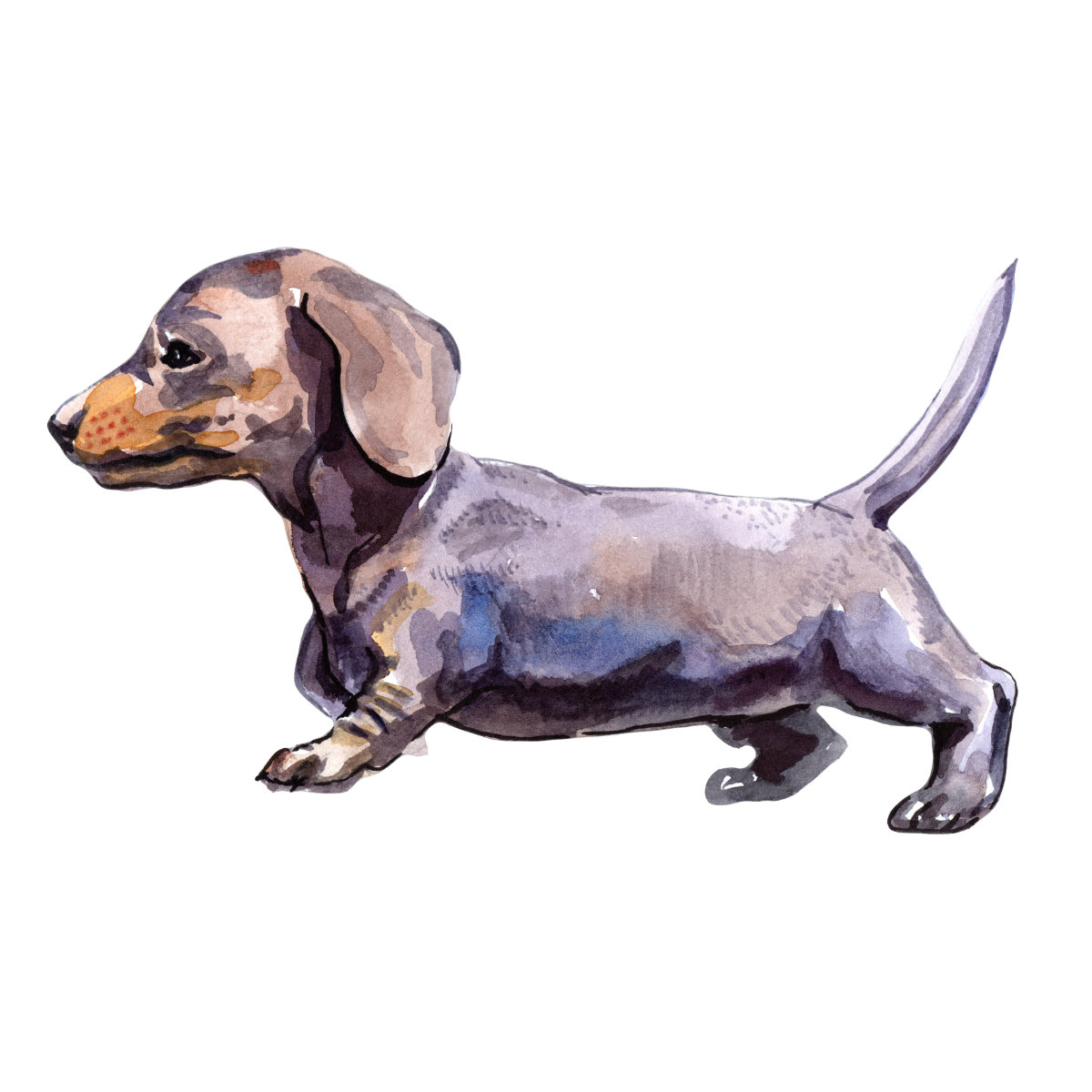Treatment of Diabetes Mellitus
We assist our clients to learn how to administer insulin injections for their pet and have summarised the steps below.

Insulin needs to be stored upright in the fridge.
Prior to removing insulin for each dose, the vial needs to be slowly rotated (not shaken) to mix the insulin through. Never shake the bottle as this will destroy the insulin molecule and cause bubbles to form which will interfere with the accuracy of the dose.
You will be shown how to draw the insulin into a new syringe for each injection by first turning the bottle completely upside down, placing the needle into the centre of the stopper, injecting the air in the syringe back into the bottle to avoid creating a vacuum, and then drawing the correct amount of insulin into the syringe. Injecting the air back into the bottle is to prevent the creation of a vacuum. This is done with most, but not all types of insulin bottles. Your vet will let you know which type you have.
While the syringe is still in the upside-down bottle, tap the syringe lightly to force any air bubbles to the top, then squirt this back into the bottle and again draw out the correct insulin dose. Then remove the needle from the bottle.
You will also be shown how to give an injection. Initially we clip an area of skin over the neck where the injections are to be given to make it easier to see that the injection is given correctly and that all the insulin goes in. Gently pinch a small amount of skin with the thumb and index finger of one hand (the left if you are giving the injection with the right hand) to make a tent. The target for the needle is the hollow you have made just below your fingers. Place the needle at a 45-degree angle through the skin below your fingertips and push the needle in as far as it will go. Do not place your thumb on the plunger during needle insertion. Once the needle is fully inserted through the skin, move your thumb to the plunger and press the plunger all the way down.
Alcohol application to the skin prior to injection is not recommended. If your pet moves during the injection or if you have made a mistake and you are unsure if it has received the full dose, do not attempt to approximate the rest of the dose in a second injection. Give the correct dose of insulin when it is next scheduled. If an entire dose is missed your pet will be fine, however if you try to adjust a dose you may mistakenly overdose the animal. A missed dose or an under-dose is always preferable to an overdose.

Diet
Diet plays an integral role in the successful management of both diabetic dogs and cats. It aids in the correction of obesity which most diabetic animals are prone to.
Consistency is important with diet. Twice daily feeding of dogs at the time of insulin administration is recommended. However, in the case of cats which are grazers, food may be left out continually. If you are unsure whether your pet will eat, it is ideal to feed the animal first, then wait until the animal has consumed the meal before giving the insulin injection.
Administration of insulin in a pet that refuses to eat means that the pet is now predisposed to developing too low a blood sugar level which can lead to hypoglycaemic episodes.
There are special prescription diets available to aid in the stabilisation of a diabetic patient. High fibre diets (for dogs in particular) and high protein diets (for cats) offer many benefits in the management of diabetes from reducing obesity to helping the insulin receptors in the body to work better. However, the most important attribute is that the animal will eat the food.
Exercise
Exercise also helps improve the control of glucose. It promotes weight loss in the obese diabetic and has a glucose lowering effect. It should be done consistently every day. However, strenuous and sporadic exercise can cause hypoglycemia and should be avoided. Routine and consistency are the key with exercise in the diabetic animal.
It is important to note
Note that unused insulin should be discarded 4 weeks after opening the bottle. Used syringes can be stored in an empty plastic bottle and then brought to the clinic to discard. Not all insulin syringes are the same and certain types of insulin require different insulin syringes for measurement. Please always make sure which type is appropriate for the insulin which your pet is using and do not change syringes without checking with your vet as the dose may be different.

Insulin Under-dosing
If your pet is being under-dosed with insulin, symptoms of diabetes tend to persist. If your pet continues to exhibit excesses in hunger, thirst and urination or if it continues to lose weight then it may be being under-dosed. One possibility is that it needs a higher dose of insulin, but another common cause of under-dosage is that the person giving the insulin is doing something incorrectly or that the animal has developed additional problems. So, never adjust your pet’s insulin dose without consultation with your veterinarian.
Insulin Overdosing
An insulin overdose causes the blood glucose concentration to fall too low. This can cause profound weakness, sleepiness, the animal may appear drunk or even have a seizure. If low blood glucose is ever suspected, it is best to feed your pet immediately or give glucose syrup or honey before taking it to the hospital. Contact the hospital before the next dose is given for instructions. If your pet is not eating, it is best not to give the insulin and contact the hospital.
When to return to the hospital?
Once your animal is stabilised, it should be rechecked at the hospital every 2-4 months even if everything is going fine. This may simply be a single blood glucose measurement done at around 12pm. If your pet needs to be readjusted, it will need to come into the hospital for a blood glucose curve run over the day.
Bring your pet in for a recheck if you notice any of the following:
- If you check the urine and notice a persistently high urine glucose (2+ or greater), a persistently negative urine glucose or the presence of ketones in the urine
- Your pet seems ill
- Your pet’s appetite changes
- Your pet starts drinking or urinating more
- If you suspect hypoglycemia where the blood glucose falls too low (wobbly or drunken or seizing)
Diabetic Cataracts
Almost all diabetic dogs become blind within the first year after diagnosis. This is due to the development of cataracts in the lenses of the eyes. This side effect is virtually unavoidable. Blind dogs do quite well, especially in a familiar environment. Cataracts can be surgically removed to restore sight if necessary.

